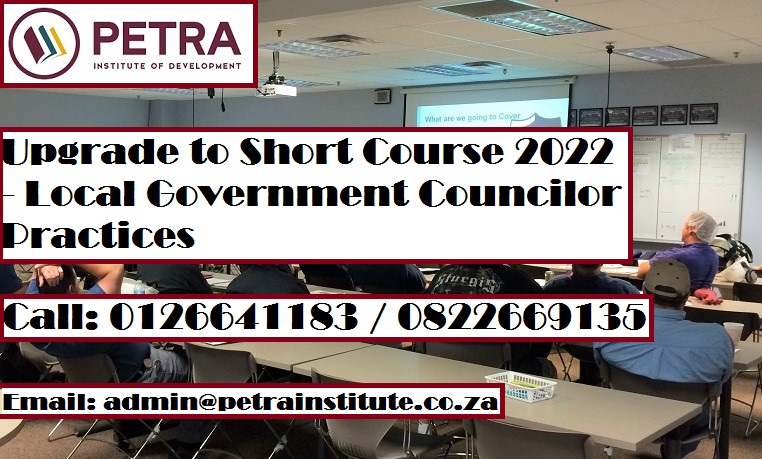This is a really quick & short course in Local Government Councilor Practices. If you are new to leading volunteers I think you will find lots of valuable information so you form good habits right from the start. If you are experienced, without taking too much time out of your busy schedule, you can read through and glean some tips.
Step One: Ask
Do not be afraid to ask. Think of the times you have been asked to do something and considered it an honor. A sincere request for someone’s talents is flattering. Existing volunteers are a great starting point, they are already committed to your cause and they were motivated to volunteer in the first place.
Ask for feedback. Volunteers are often on the front line and they can give you valuable insight. If you can not speak to them personally provide easy and convenient ways for them to give you feedback. You could do this on line or by providing a form, depending on your volunteers.
Allow your volunteers to be opinionated. You want to know what they think because you will get ideas from them. And better they complain to you than to your clients/guests.
Don’t hesitate to ask for more or something different from your volunteers. Obviously there is a point where you can overdue it but if you have a relationship with them you should be able to make a good judgment about what else they might be willing and able to give or do.
Step Two: State
State what you want! We are often so sensitive about our volunteers’ time and feelings that we downplay what we need. This generally backfires. Know what you need and ask for it.
Write it down. If you have a tendency to understate your needs, develop a system that works for you and is foolproof. You may need to put your need in writing (you may share what you write or just say it), the process of writing it down clears up any confusion or uncertainty on your part before you approach the volunteer.
Be specific. If you are asking for a commitment from the volunteer estimate the time, cost, number of meetings and a start and end date. If you are addressing a problem or potential problem be clear about what needs to change.
Make it official. Once you have stated your need and come to an agreement, put it in writing. The few minutes it takes to do that is well worthwhile.
This is all about relationship building and that is important to your growth!
Step Three: Listen
Everyone wants to be heard. It is one of the greatest needs we have. Volunteers may especially need to be listened to. They have chosen to become involved in your organization to fill some need or desire in their lives. It may be a passion for your cause, a way to fill time, a need to be needed – it is easy to see why they would want a chance to speak.
Make time to save time. Because your volunteers have something to say, you must find a way to give them the time they may need. It can be challenging. You don’t want someone to wait until a meeting and spend an hour ranting (or raving). If you work with a lot of volunteers you may need some open office time, set aside specifically for this purpose.
Listening is an art. If you are not already good at it, practice. It takes a generosity of spirit to just listen instead of talking or giving advice. It is a valuable skill.
Step Four: Inspire
Are you inspirational? By your example volunteers will be inspired to work hard, to involve others, to care deeply, to be creative and to spread cheer. Without your inspiration they may lose interest, be influenced by negative ideas, work half-heartedly or otherwise be less than their best.
Inspire them by your work. Have good work habits and most importantly, work hard. When they see how productive you are, they will be inspired to give their best effort.
Inspire them with your creativity. Look for creative solutions to problems. Create a creative environment. Encourage and reward creativity.
Inspire them with your enthusiasm. Let volunteers see your sincere love of and commitment to your work. Share your dreams and hopes for a project and for the organization in general. Spread good news. DO NOT complain about other volunteers, staff or board members to volunteers; that puts them in an unfair and uncomfortable position.
Step Five: Include
Include! Include! Include!
Make all your volunteers insiders. Insiders are, well, inside. Being included makes you feel important. Give your volunteers the opportunity to be part of decisions that will impact them.
Invest time to save time. Find ways to make this work for you. Once you do, it won’t take extra time. In the long run, it will save time because everyone will be working together and you won’t be putting out fires.
Put volunteers on your Teams. We are very big fans of including volunteers, as one of your constituency groups, on committees (or Teams, as we like to call them). There’s lots more information about Teams that I encourage you to read. It is such a great way to bring volunteers into the bigger picture. As for those who don’t want to be included, at least you give them the option.
Step Six: Thank
Just one word. There are endless ways to show appreciation and many of them should be part of your repertoire. The easiest, of course, is just to say “thanks” whenever you have the opportunity.
Thanks you get results. Even very highly motivated volunteers will be more responsive if you treat them well and show them how much their work is appreciated.



